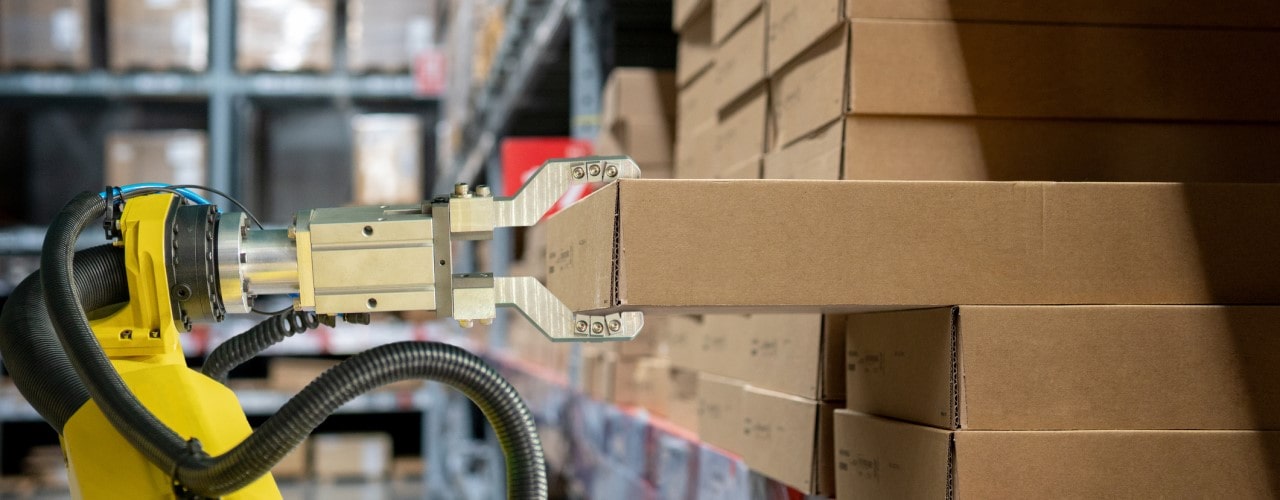Top 10 warehouse automation tips & best practices
Warehouse automation is a swift and simple way to improve efficiency and increase ROI. These are some of our top tips and best practices for integrating automation into your operations.
- Identify your needs before investing in automation. It’s essential to look at what your business actually needs in terms of automation so that the solution fits your requirements. What’s the current situation, what are your objectives and how can automation make this happen?
- Look for automated picking solutions to boost ROI. One of the simplest ways to see instant benefits from automation is to apply it to picking systems. This might be something as simple as investing in Pick to Light or it could be a robotic picking system implemented across the warehouse.
- Invest in training for your workforce. It doesn’t matter how much you spend on automation systems, if your staff don’t know how to use them then you’re not going to see much value from that investment and you may also end up with a disgruntled workforce.
- Look at ways that automation can contribute to optimising the space you have. For example, if you’re using robotic picking solutions you may be able to stack shelves higher than would be safe for human workers and make the most of vertical space.
- Focus on automation that will boost productivity. Huge strides have been made recently in robotics technology that go beyond anything simple automation could have offered several years ago. Investing in robotics technology offers opportunities to gain productivity and throughput improvements across the warehouse.
- Opt for a mix of solutions. There are many different automation options available to suit a range of budgets, from the use of barcode scanners to speed up order processing times to investing in autonomous vehicles such as forklift trucks. The ideal strategy may involve a combination of solutions.
- Make data capture a priority. Most automated systems will make it easier to harness data to improve operational efficiency and make tracking and transparency easier to achieve. You may need to invest in a robust Warehouse Management System (WMS) to handle and analyse it.
- Find the right WMS. The WMS that works for your business will have a simple and user-friendly interface, require minimal training and be easy to integrate with existing systems in place.
- A cloud and SaaS WMS may have a lot of advantages. For example, this type of WMS is simple to deploy, has low maintenance costs and may also have reduced IT costs.
- Research and review your investment in automation. It’s essential to carry out in-depth research into any automation that you’re looking to invest in, especially when it comes to costs. Equally important will be regular review, to ensure systems are working well, objectives are being met and opportunities optimised.
Automation has a lot to add to the warehouse environment and the right solutions can be transformative.

Leave a comment